My fertility series is trying to explore whether declining fertility rates are our demographic destiny, and are unlikely to change, or whether they are an outcome driven by policy choices. The conclusion of the other notes was that voters and governments needed to be both pro-labour and pro-natal in policy making to achieve a “reproduction revolution”. Pro labour policies are about raising wages relative to asset prices. If your average person is struggling to feed themselves, how can they be expected to feed others. The second part is that advances in technology is pushing back the age at which women can give birth. I see both sides of this argument being progressed in Australia. First of all we should note that Australia has seen a falling total fertility rate like the rest of the western world.
What is noticeable is that the fertility rate really collapsed in the 1970s, and has basically stayed at a low level ever since. My super simplistic view is in part driven by the collapsing real wages and more uncertainty in unemployment has driven falling fertility. For some reason, I cannot get the hard numbers on unemployment, but this graph below shows the trends, with the 1950s and 1960s having extremely low unemployment rates.
Recent trends in unemployment in Australia have driven us back to very close to the levels we saw in the 1960s. Hence we should start to see some mothers having children younger, as wages and employment conditions improve.
We are already seeing some signs of that, with mothers born in 1992 having similar number of births to mothers born in 1982, although both having less children in their 20s than women born in 1972. The trend is improving, and pro-labour policies should improve this trend. We are still using 2020 data here, but will update when I have newer data.
There are two parts to my “baby boom” argument. The second part of the argument is that is getting easier to have children as an older mother. When I say easier, many mothers will need to use assisted reproductive technology (ART) or often called in vitro fertilisation (IVF). This technology puts an upward bias to average age of becoming a mother.
The second part of the argument is that reproductive technology is improving, and governments that adopt more pro-natal policies will see birth rates improve. Australia has been a world leader in ART (assisted reproductive technology) and in 2020 saw an increase in ART births, while total births fell. ART births now make up 5% of all births in Australia and New Zealand.
What is great about ART births is that the number of cycles that is being conducted tend to predict births. That is more cycles will lead to more births, nine months down the track. While about data is both dated, and related to births, if we look at cycles we can get an idea of what birth rates for “older” mothers are likely to be in a years time. Australia has a government supplied healthcare program called Medicare. Unlike the NHS, this program stipulates an amount the government will pay for an operation, but allows individuals to top up this amount if they so wish. Under my understanding, this should mean that some but not all treatments will be covered by Medicare. However listed IVF providers in Australia use Medicare data to track market size, and Medicare numbers seem to match up with the ART numbers used elsewhere. The good news about Medicare data is that we have data up to December 2022, so quite timely. This data shows that cycles in Australia continue to rise at a much faster rate than pre-Covid. The time periods here are financial years to June, so the 2022 number is a half year number doubled.
What is very interesting about the Australian data is that it can be generalised to most other developed nations. Years of higher unemployment and stagnant real wages have been a feature of Japan, Korea, Germany, USA and even China. All of these countries have the healthcare systems to allow older mothers to have more children, while politics in all these places are moving pro-labour in my mind. If I had to bet on a big surprise for markets, a baby boom would be one them. Why does this matter? A baby boom is a massive inflationary shock, particularly if it goes some way to reversing the aging trend in the west. A baby boom makes long date bonds look even more unattractive in my mind.



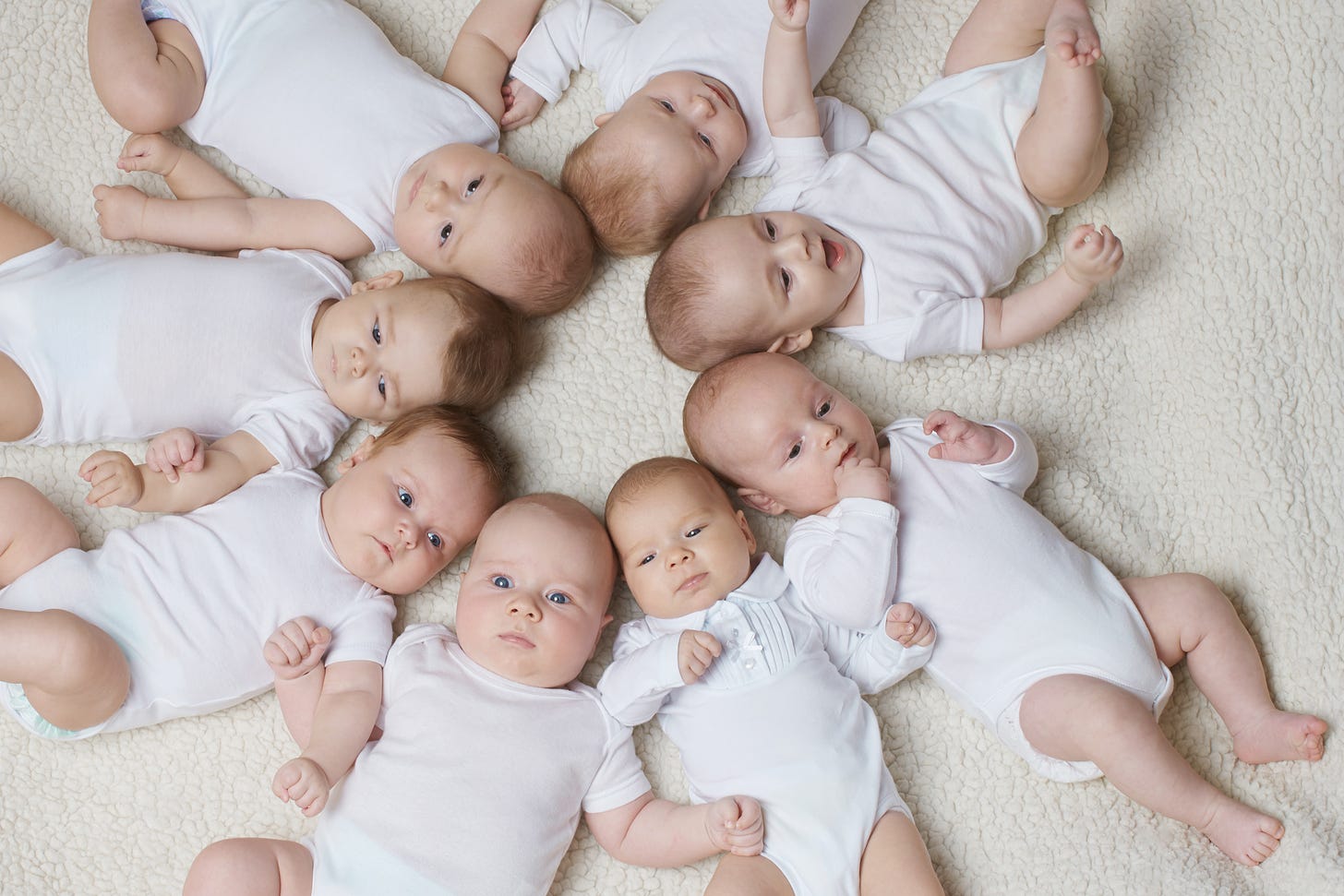

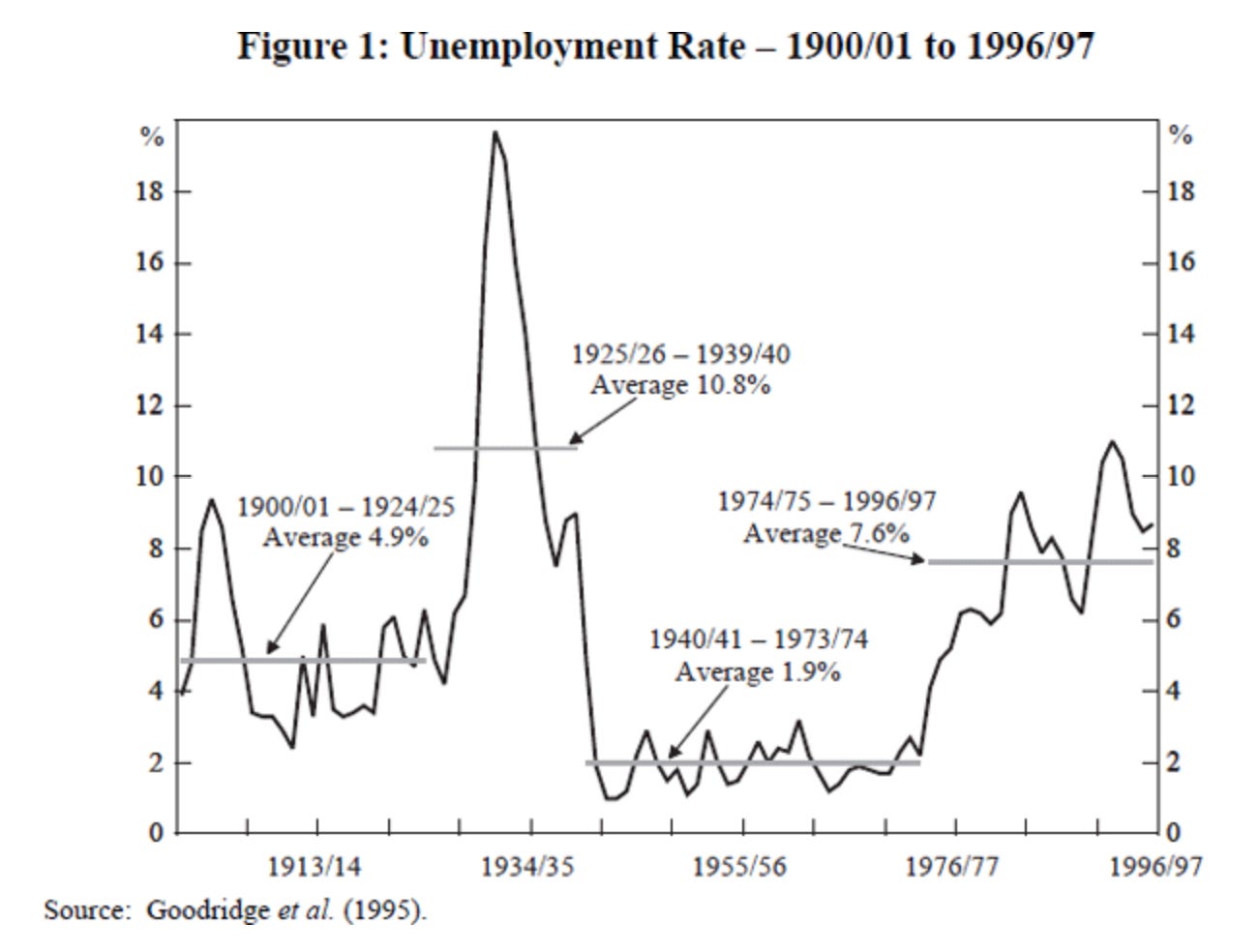
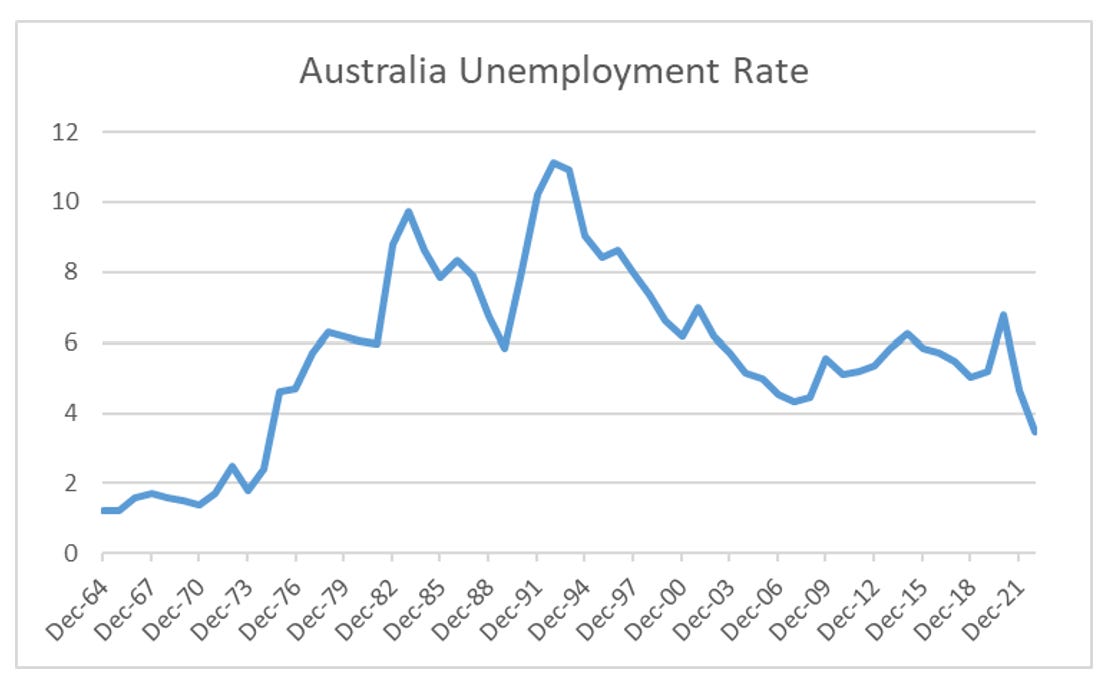
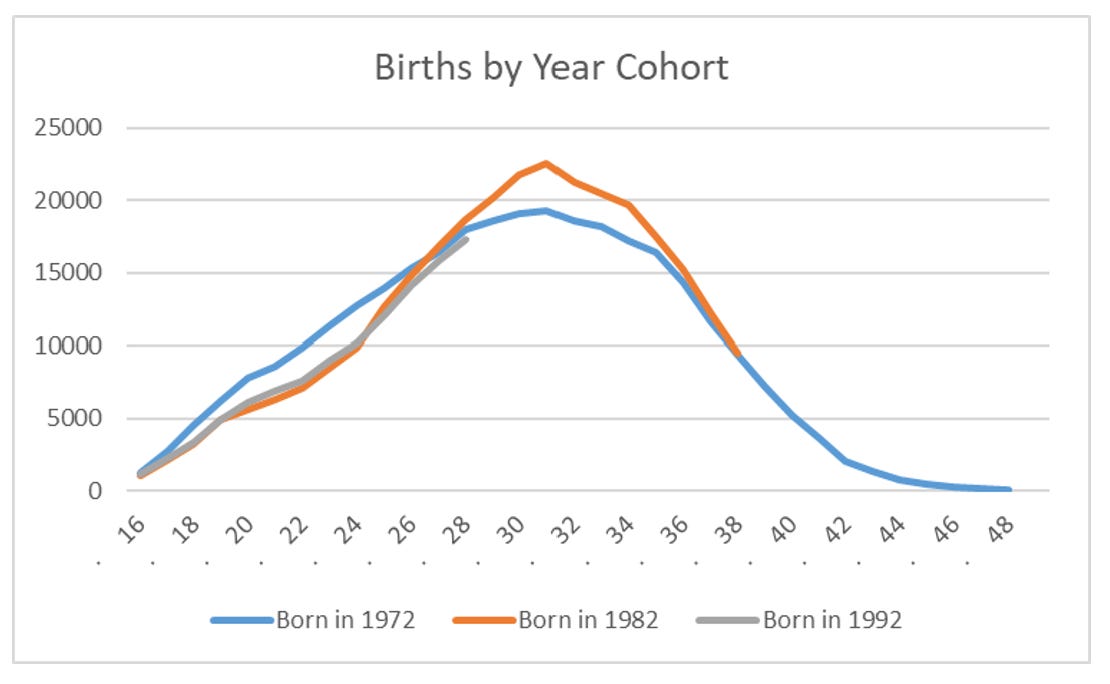
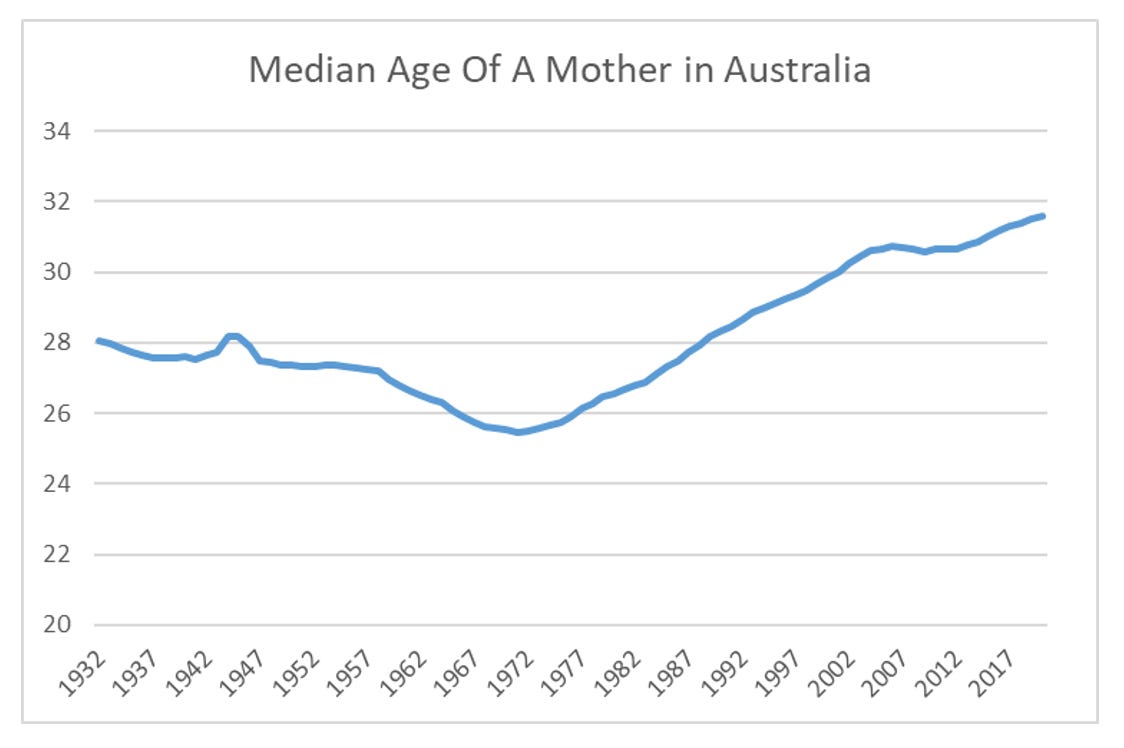



Share this post